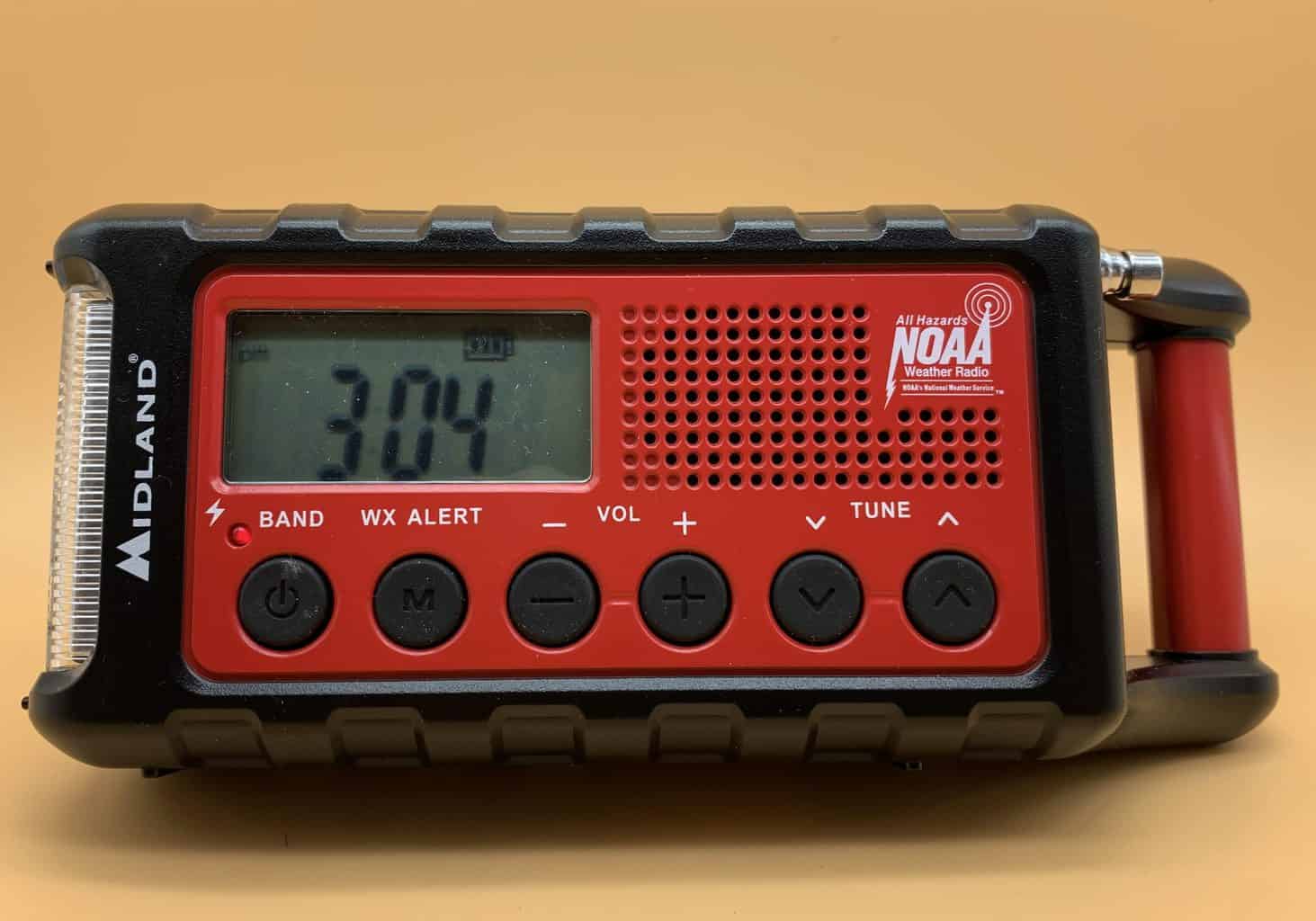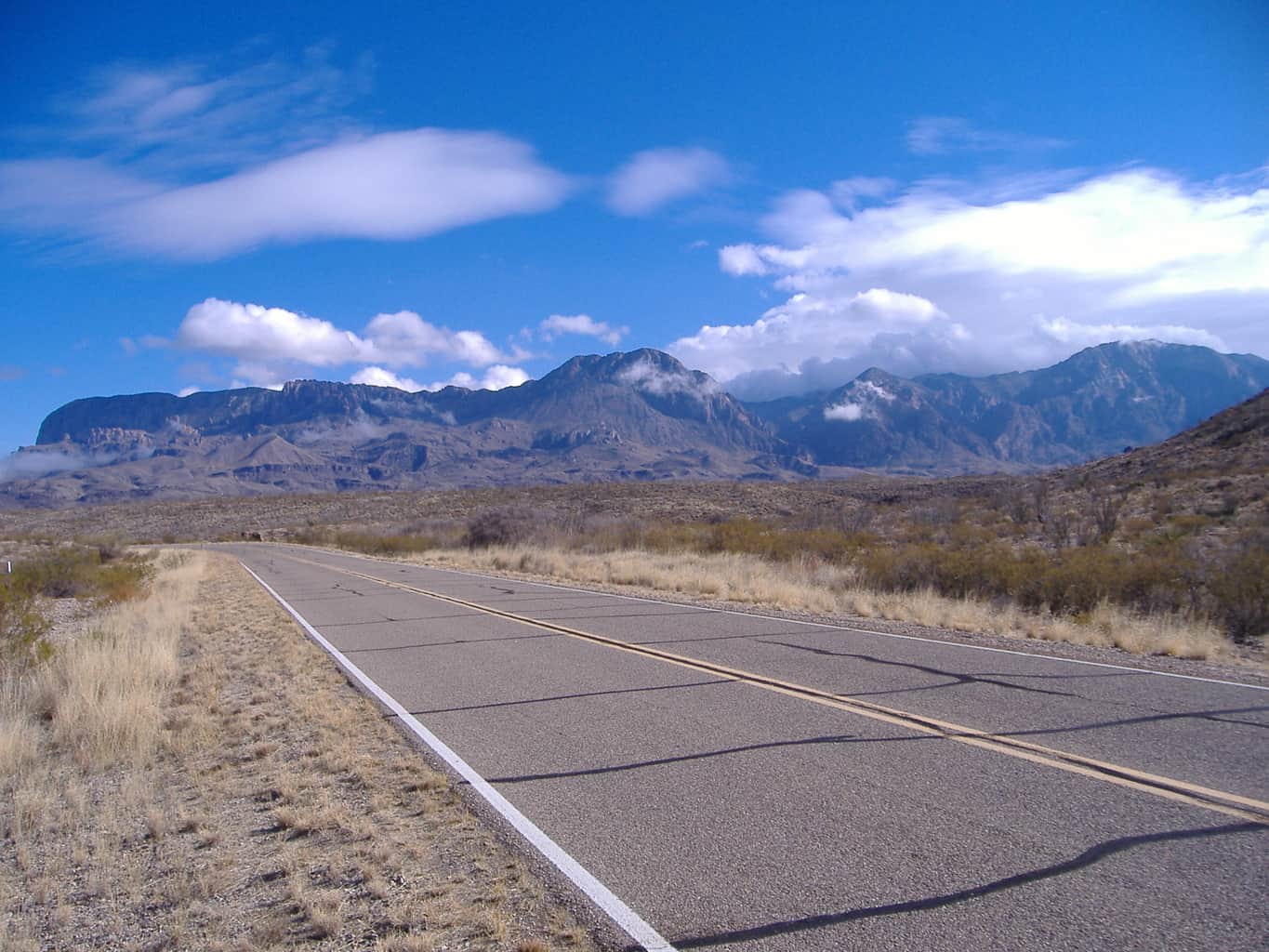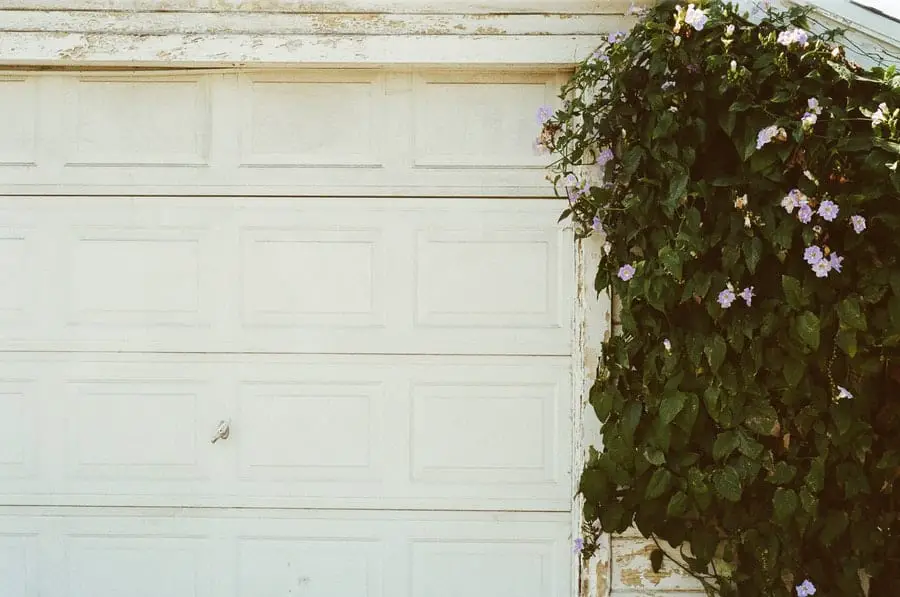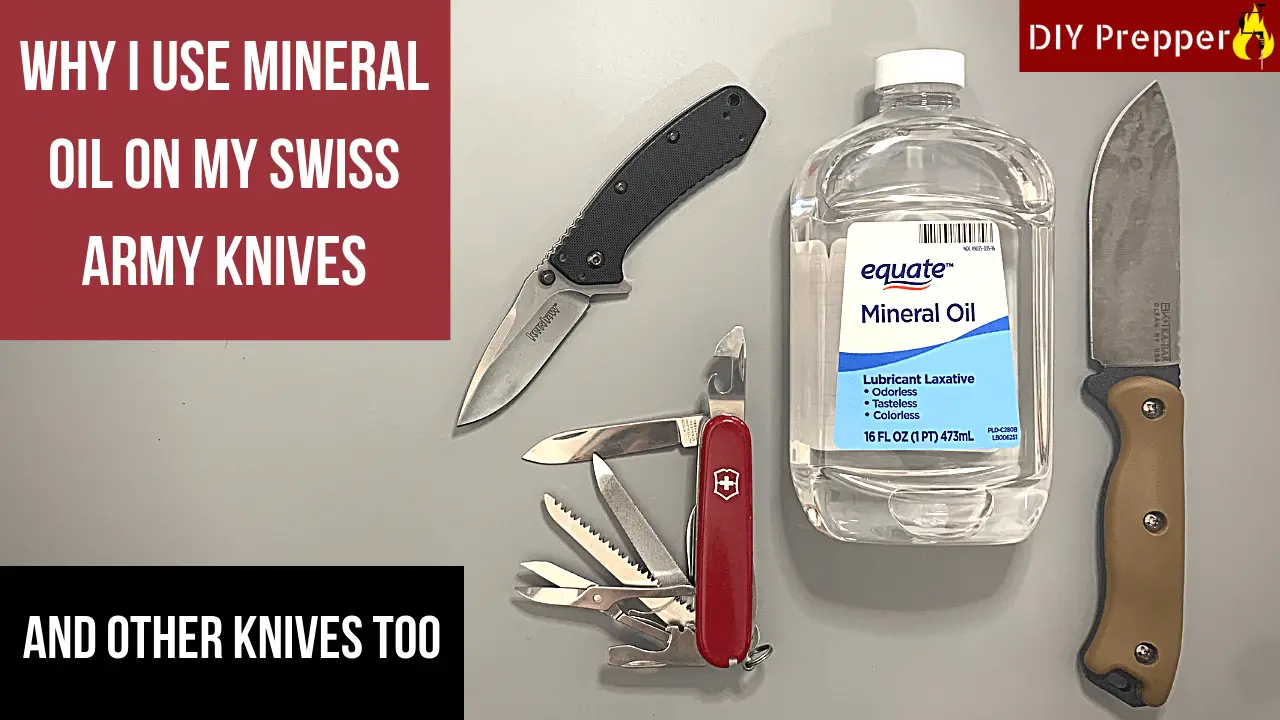Is a Kukri a Good Survival Knife?
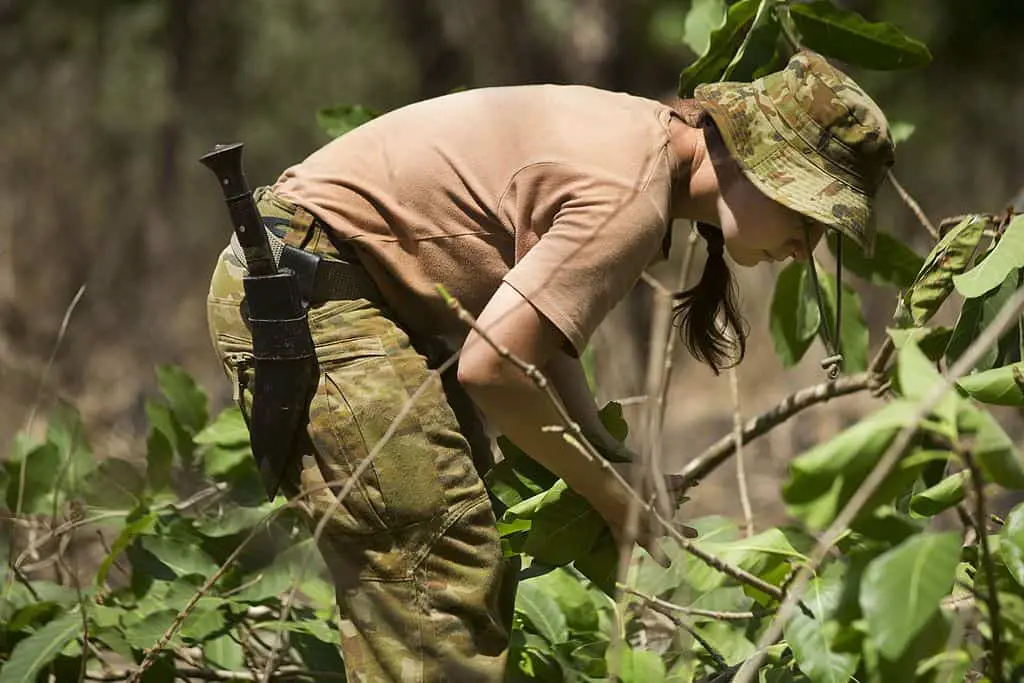
Many preppers carry small or mid-size knives as part of their EDC. Knives such as these do a good job performing most day-to-day tasks. However, having a larger knife, such as a kukri, would be useful in many survival situations.
Kukris are excellent survival knives. They can perform many essential survival tasks such as wood processing, shelter building, game processing, and even defense. Kukris also come in many styles, making them suitable for a wide range of environments.
This article will go over what a kukri is and what makes it a great choice for a survival knife. I’ll also go over the different types of kukris and the ones that I recommend.
What Is a Kukri?

Origin and Design
Kukris (also spelled khukuri) are large knives that have a recurved blade. Unlike other curved blades, a recurve curves forward instead of backward.
Recurved blade design goes all the way back to ancient times. Blades with this shape were originally used to cut grass and reeds. One example would be the Grim Reaper’s sickle.
This inward-curving blade design was later adapted to weapons such as the Iberian falcata and Greek kopis. They were effective since they had the ability to hit hard like an ax but with greater reach. They also allowed the user to stab opponents with thrusts as well as slash.
Related: Knives Preppers Need
Kukris, as a whole, tend to be shorter than their ancient counterparts, however, there are exceptions. Longer kukris tend to be used for ceremonial purposes while the shorter ones tend to be more commonly used.
Kukris also have a more pronounced and angular recurve than either the falcata or copies. Some almost look like a sharpened metal boomerang with a handle on one end.
Kukris Today
The kukris that we see today originated in the Indian subcontinent. The people who are most associated with them are the Gurkhas who live in India and Nepal. They are well-known for using their Kukris at home and on the battlefield.
Gurkhas are well-respected all over the world for their fighting skill and ferocity. A testament to the usefulness of the kukri is that it is still used by the Gurkhas on the modern battlefield as a sidearm.
Modern Kukris have also found their way onto movies and television. Alice from Resident Evil: Extinction used a pair of them to dismember zombies.
In real life, Alan Kay used his kukri, made by Condor, on the survival reality series Alone. He used it extensively while spending 56 days on Vancouver Island with minimal gear. You can find the knife that he used by clicking here.
When asked why he chose a kukri, he responded, “Because it is the most versatile edged instrument on the planet, in my humble opinion. It’s the one tool that bridges the gap between knives and axes.”
After Alan Kay’s successful run on the show, Condor decided to collaborate with him and released the K-Tact Kukri. It is similar to the one that he used but comes with micarta handles and a very nice Kydex sheath. You can find it by clicking here.
What Survival Tasks Can a Kukri Do?
The unique shape and size of a kukri make it an excellent survival knife. It can perform many of the same tasks as a hatchet, smaller knife, and machete but in one tool. It is sort of a large single-bladed multitool.
Here are some survival tasks that a kukri will excel at:
Wood Processing
Kukris are very good at performing wood processing tasks. They can do everything from chopping down small trees, to splitting, as well as finer work, such as making feather sticks.
A kukri’s weight and blade shape allow it to hit with the power of an axe or hatchet. This gives it excellent chopping ability and allows it to split wood much better than other types of knives.
When batoning, a kukri can also be used as a froe for creating boards. This would be useful if you where needing to use a bow drill to start a fire. In addition, the part of the blade next to the handle works very well for making feathersticks and shavings.
Shelter building
Another survival task that kukris perform well at is shelter building. Like a machete, they do a good job clearing out where you want to set up camp. They can also cut large leaves and grass to be used for bedding and roofing materials.
Since they are good choppers, you can use kukris to cut trees and branches to construct shelters. When using a stump or large log as an anvil, they can make clean and accurate cuts through branches over an inch thick. They are also one of the best tools for de-limbing small trees and branches.
A kukri can also work well as a drawknife. This will allow you to refine split wood so that it has a flat surface, such as if you wanted to make a bushcraft table. Being able to use your kukri as a drawknife will also be useful if you decide to fashion a bow for hunting or defense.
Game Processing
While a smaller knife may be more ideal, a kukri can perform many game processing and food prep tasks. These include slicing vegetables, skinning, and removing limbs from animals. I even used mine to remove the skin from a cantaloupe.
The front part of the blade is where you will do most game processing tasks. Most kukris swell towards the end of the blade, which gives it a round shape. This works well for skinning and slicing.
Using a lanyard on the end of the handle will make many of these tasks much easier. It will allow you to move your hand closer to your work as well as support the weight of the knife.
Make the lanyard large enough that you can slip it over your hand and hang from your forearm. The lanyard will support the back of the knife while you hold onto the front. This will give you greater control over your work and reduce fatigue.
Defense
Kukris can make excellent defensive tools in a survival situation. There are very good reasons why kukris are some of the only large blades still used in modern warfare. In fact, if I couldn’t have a gun or bow, a kukri would be my next choice.
The size, weight, and forward recurve shape of a Kukri make it an absolutely devastating weapon. It is one of the few types of blades that can chop, slice, and stab effectively.
Larger kukris are used in religious ceremonies to decapitate cattle in one blow. Smaller, more common, kukris would have little trouble doing the same to an aggressive animal or human.
If you wanted a less-lethal option, the thick spine of the kukri could be used as a striking weapon. The weight of the knife would allow you to deal bone-crushing blows to an opponent’s body.
Advantages of a Kukri
The kukri combines the best features of a hatchet, machete, and knife into one tool. Here are some advantages of carrying a kukri over those other tools.
Versatility
My main reason for wanting a kukri was for its versatility. I wanted something that I could use to chop through branches and slice through vines.
I also wanted to be able to protect myself from animals, mainly feral hogs. I always keep a gun on me in the woods but having a backup weapon as a last resort is always a good idea.
From what I could see, a kukri is one of the few tools that could do all of these tasks.
Weight
Carrying a kukri instead of multiple tools will reduce the weight that you have to pack around. It will also free up space in your pack.
One-Handed Use
The kukri is a one-handed blade. In a survival situation, you could become injured and no longer be able to use both hands. The other nice thing about the kukri being one-handed is that you can switch hands when you are tired.
Safety
Most people are more familiar with using knives than they are axes and hatchets. Because of this, they are less likely to make mistakes.
Even if you are experienced with axes and hatchets, many finer tasks are still safer to do with a knife. One example would be processing small pieces of wood into kindling.
Types of Kukris
Kukris can come in many different shapes and sizes. These variations mean that almost anyone should be able to find one that will work for them.
Traditional Kukris
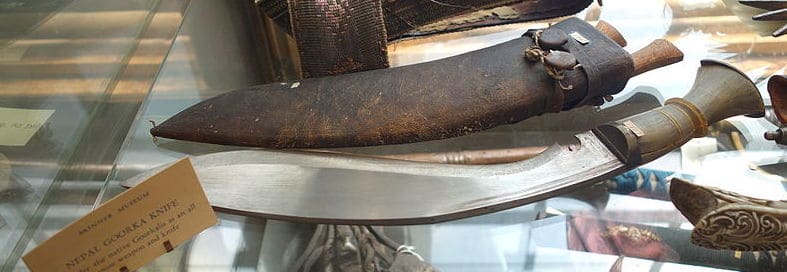
Traditional kukris are those that are used in areas of India and Nepal or closely resemble them. It is even possible to purchase the exact knife used by the Gurkha regiments.
Traditional kukris usually have a handle made of wood, bone, or some other natural material. Their blades often have a very angular recurve and are slightly shorter than what many in North America would consider to be a machete. The blade’s spine can be 1/4 inch thick or more. Very few traditional kukris have thin blades.
The blades themselves are made from old leaf springs from jeeps and trucks. A blacksmith flattens the spring and then hammers and cuts it into shape. While this may not be the most fancy metal it is usually very tough .
When selecting a traditional kukri, get one that is full-tang. Many kukris have a rat tail tang which isn’t as well-suited for some survival tasks.
Another thing to look out for when selecting a kukri is decorative knives. Make sure that you are getting a blade that is meant to be used. Many decorative knives, including some kukris, are only meant for display. They aren’t made of good steel or heat-treated for hard use.
A traditional-style kukri is a good choice if you live in a heavily forested area. Having such a thick blade allows them to perform heavy chopping tasks and baton with less effort than thinner blades. They are also tough enough to stand up to that sort of abuse.
Traditional kukris are also a good choice if you may need to use it as a last resort defensive weapon. They will hit hard, cut deep, and stand up well to hard impacts.
Tactical Kukris
The next style of kukri that you may be interested in is a tactical kukri. Most of these aren’t as thick as traditional kukris but are still thicker than the machete-style ones which I’ll talk about next. I like to think of them as “intermediate” kukris and are what I prefer.
The reason why I prefer tactical-style kukris is that they are the best choice for survival tasks where I live. My area has a wide mixture of thick vegetation, such as trees as well as thinner stuff like vines and scrub brush.
When clearing trails, I frequently come across stuff that is too heavy for a machete but doesn’t necessarily warrant carrying around an axe. A kukri such as the Ka-bar Becker BK-21 is thick enough to knock off branches but thin enough to slice through vines and other thin vegetation.
One thing to watch out for with tactical kukris is that many are not full-tang. Having a full tang (where the blade steel runs all the way to the end of the handle) makes a knife much stronger. This allows it to hold up to heavier use such as chopping and batoning.
Most tactical-style kukris that don’t have a full tang have what is called a “rat tang”. As the name suggests, the tang tapers to a point the further it goes into the handle, giving it a shape similar to that of a rat’s tail. While this type of tang isn’t necessarily weak, full-tang knives are going to be inherently stronger and more durable.
Machetes
The last main style of kukri that you should know about is machete-style. Like other machetes, these tend to have thinner blades. A good example of a kukri machete is the Cold Steel Kukri Machete, which you can find here.
A machete-style kukri would be a good choice if your primary use for it is clearing vines and other thin vegetation. Since they are so thin, they aren’t well-suited for heavier wood processing tasks such as chopping and batoning.
Another drawback to having such a thin blade is that you won’t be able to stab or pry with the blade. Despite their shape, thicker kukris are still capable of thrusts. Machete blades flex too much to be useful in this way.
Recommended Kukris
Kabar-Becker BK 21
The Becker BK-21 is the result of a collaboration between Ka-bar knives, Ethan Becker, and the late Hank Reinhardt. It is well-designed, well-built, and is the kukri that I personally own.
You can find the Becker BK-21 by clicking here.
The BK-21 is 18.75 inches long total with a blade length of 13.25 inches. It is made of 1095 Cro-van steel, which is tough but easy to sharpen. 1095 Cro-van is the same type of steel that Ka-bar uses for their famous Marine Combat Utility Knife.
The one big drawback of 1095 steel is that it rusts easily. Keeping a thin coat of oil on the blade is a must, especially if you choose to remove the blade’s coating.
The BK-21 is .20 inches thick, which makes it what I consider to be an intermediate kukri. I like this because it is thick enough to do heavy chopping work but still thin enough to cut thinner vegetation.
The BK-21 kukri is full tang, which gives it plenty of strength for heavy chopping and batoning. The tang extends a little past the end of the handles. This allows you to attach a lanyard and use it for striking.
The sheath that comes with the BK-21 is generic but does a good job of safely holding the blade. It is made of plastic-backed nylon that is sewn together and held together with rivets.
The handle of the knife will poke you in the side of you wear the sheath on your belt. To prevent this, I added a homemade dangler to it. You can learn how to make your own knife sheath dangler by clicking here.
The handle scales are made of a plastic material called “grivory”. It is durable but is a little slick for continuous chopping. I will likely upgrade the handles to micarta when I have the opportunity.
Condor Heavy Duty or K-TACT Kukris
Another kukri that I can recommend is the Condor Heavy Duty Kukri. It is the one that Alan Kay used to win the first season of the series Alone.
Since his appearance on the show, Condor has released a new version of this knife which they call the K-Tact Kukri. It is very similar to the Heavy Duty Kukri but with upgraded handles and a better sheath.
You can find the Condor K-Tact Kukri by clicking here and the Condor Heavy Duty Kukri by clicking here.
The Heavy Duty Kukri has a blade length of 10 inches with an overall length of 14.5 inches. It is made of high-carbon 1075 steel. The blade is full-tang with a thickness of 0.24 inches. This gives it about the same thickness as many traditional kukris.
The Heavy Duty Kukri features walnut handles while the K-Tact kukri’s handles are made of micarta. In addition, the K-Tact kukri also comes with a Kydex sheath that is modeled after the one that Alan Kay used on Alone. The Heavy Duty Kukri comes with a leather sheath.
When comparing prices, the Condor K-Tact Kukri tends to be around $30 dollars more than the Heavy Duty Kukri. I think it is a good value since the cost of a custom kydex sheath can run around at least $90 for a larger knife. The fact that it comes with micarta handles is just icing on the cake.
EGKH Gurkha Rust Free Jungle Kukri
If you are wanting a traditional kukri, my pick would be the “Rust Free Jungle Kukri” made by EGKH. EGKH stands for “Ex Gurkha Khukuri House and every blade they produce is made in Eastern Nepal.
You can find the EGKH Gurkha Rust Free Jungle Kukri by clicking here.
My reason for recommending this specific kukri is that it is full tang. Many traditional kukris have a rat tang which isn’t as strong. This specific knife was designed specifically for hard use in a jungle environment.
The Rust Free Jungle Kukri has a blade length of 10.5 inches with an overall length of 15.5 inches. I’m not sure what exact steel they use but it is probably made from leaf springs from Jeeps or trucks. Many traditional kukris, including those by EGKH, have blades made from such materials.
The blade is 10mm (0.394 inches) wide at its thickest. This makes it sturdy enough to handle heavy chopping and other survival tasks.
The handle scales are made of Rosewood and are held onto the handle with three brass rivets. The handle is 5.5 inches long with a circumference of 3.4 inches.
The Jungle Kukri comes with a buffalo hide sheath.

